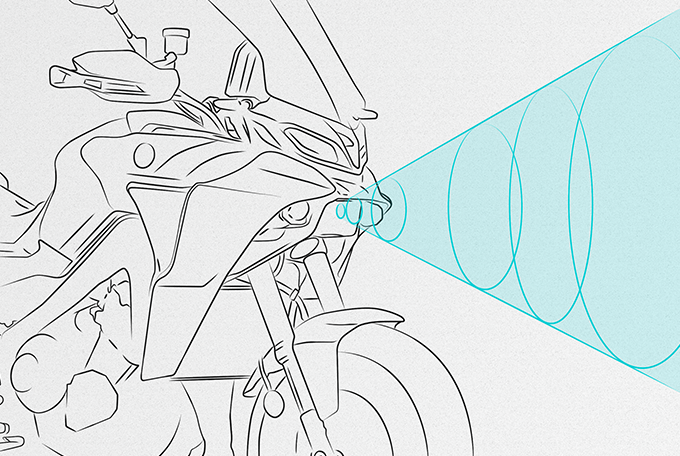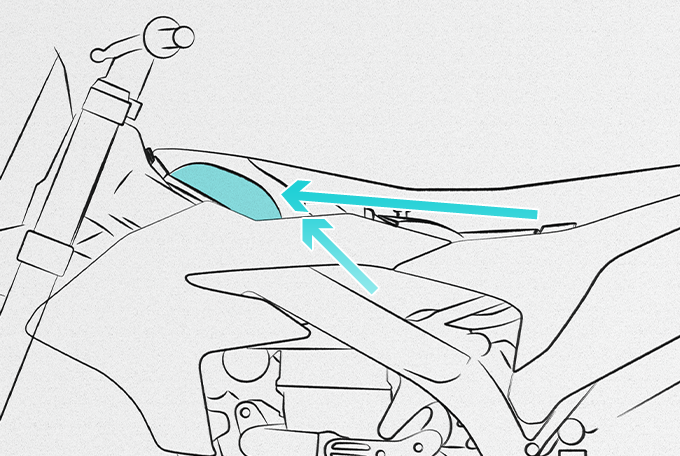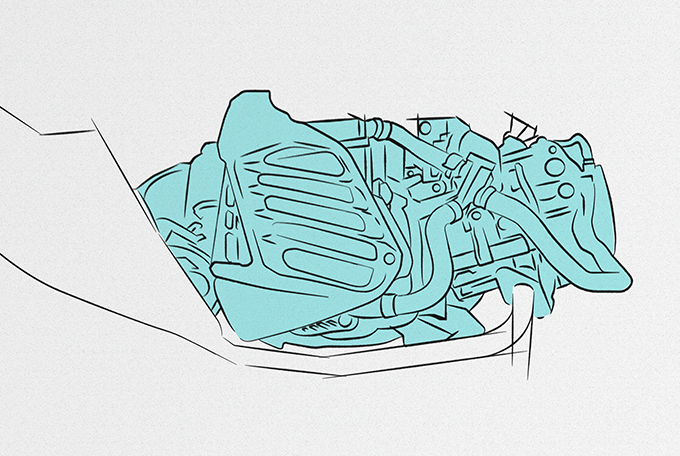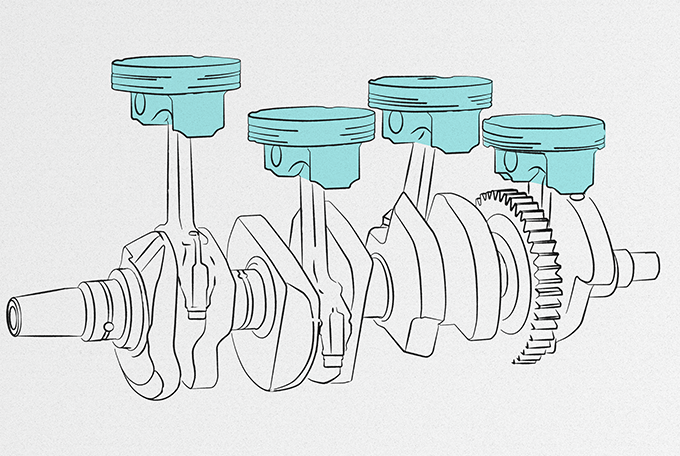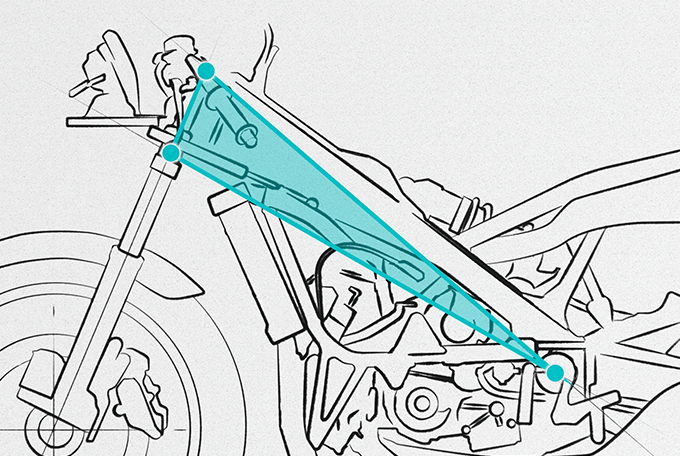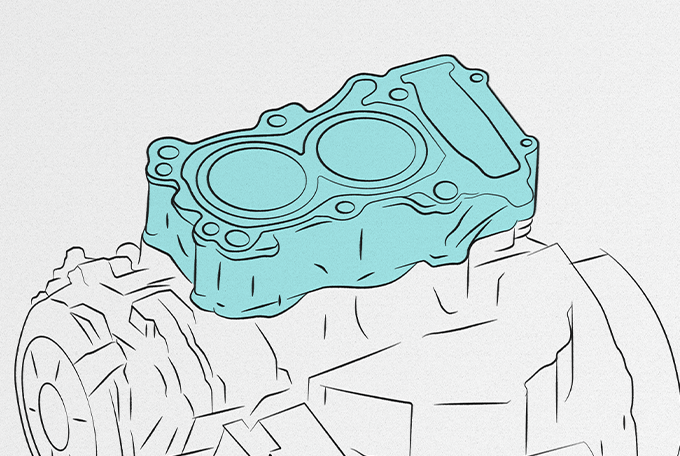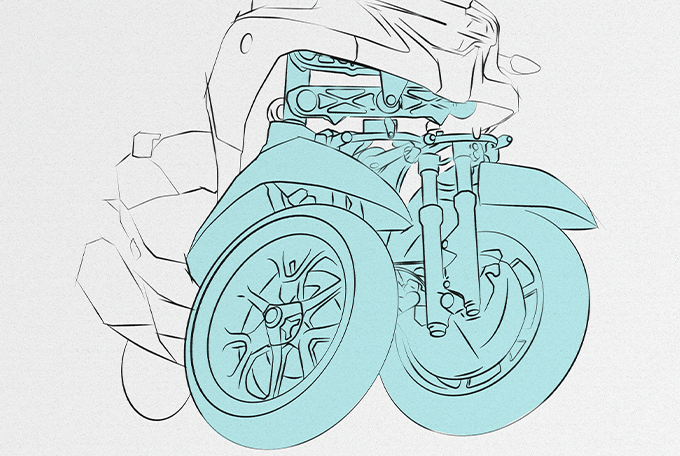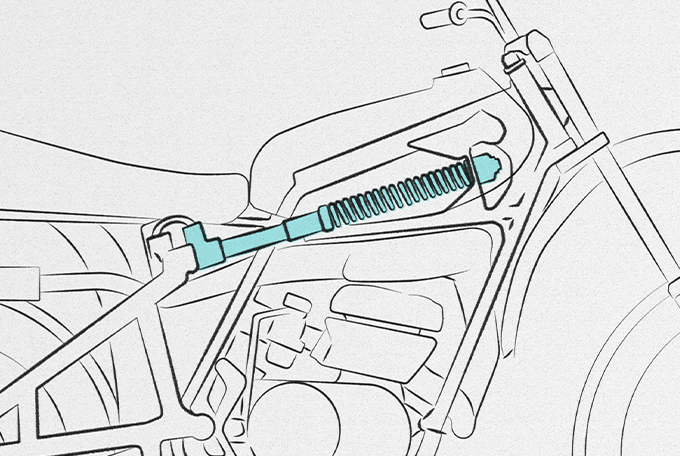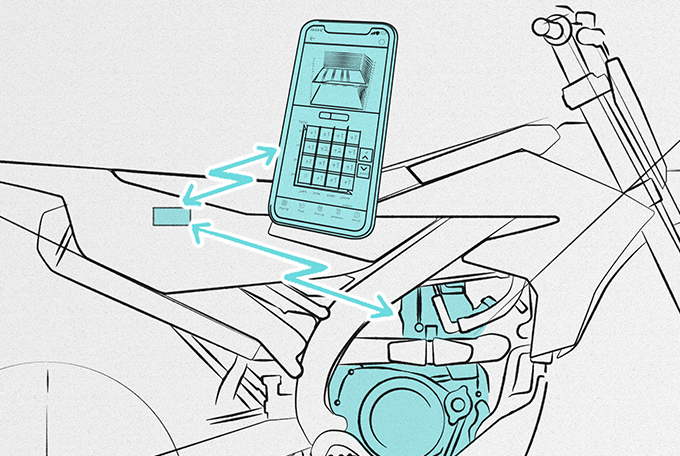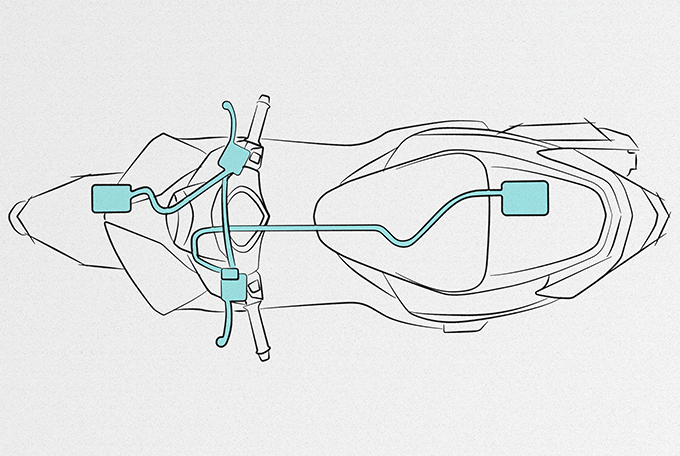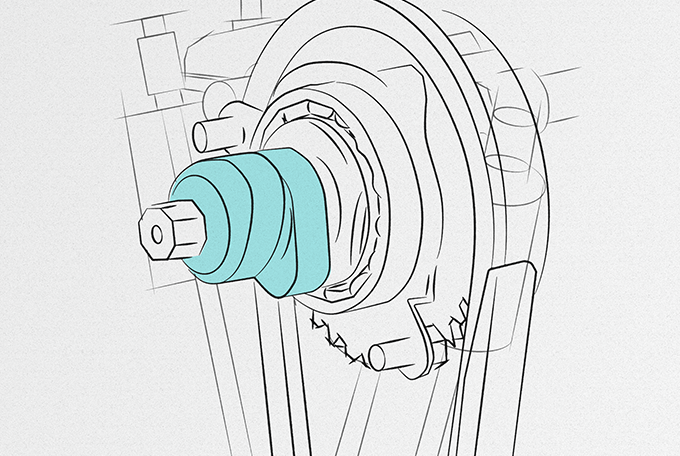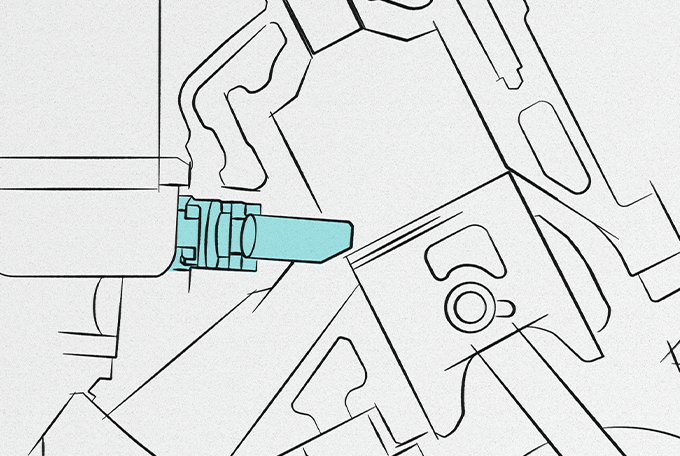Traction Control System(TCS)
Revs Your Heart – Explore the world of Yamaha motorcycles
When Can TCS Make a Big Difference?
Applying too much throttle abruptly may cause an unexpectedly large amount of power to be sent to the rear wheel, causing it to spin and make the machine unstable. The Traction Control System (TCS) minimizes such worries by automatically adjusting the drive force sent to the rear wheel. This type of system is used widely by automakers as well under a variety of names, but Yamaha Motor uses the designation “TCS.”
The first Yamaha motorcycle equipped with TCS was the DT230 LANZA that debuted in 1997. It was a lightweight and compact model aimed at trail riding and the like, and TCS was adopted to assist riders while in such environments. At the time, changes in engine rpm were monitored to detect the rate of acceleration and thereby predict rear-wheel slippage (spin). Then, based on engine rpm and rate of acceleration, the system would control ignition timing and generate an effective amount of drive force.
Today, many large-displacement motorcycles feature TCS governed by electronic control systems, but its role can differ somewhat depending on the model’s character. The TCS on the YZF-R1 is designed to provide the most efficient level of drive force at the rear wheel during acceleration. In addition to monitoring the difference in rotational speed between the front and rear wheels, input from the bike’s Inertial Measurement Unit (IMU) about its degree of lean is also used to adjust the amount of TCS intervention.
The 1,854cc Star Venture cruiser for the North American market was given TCS to enable smooth starts without slippage when departing from the often-sandy road shoulders along highways in the desert regions. When signs of rear-wheel spin are detected when starting out or in similar conditions, the system provides integrated control of intake air volume, fuel injection volume and ignition timing to aid with smooth starts. Although models may share the same TCS name, the system’s specifications are refined to assist the rider in line with each model’s character.

